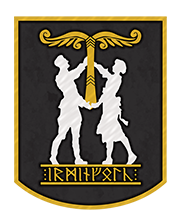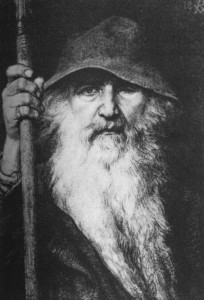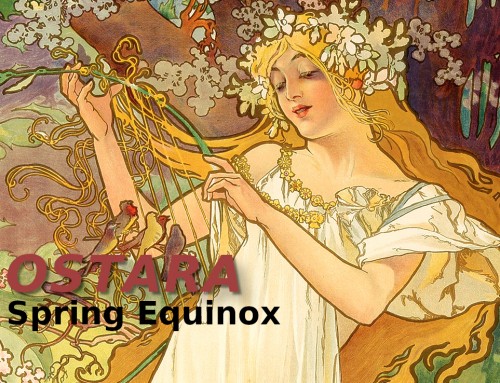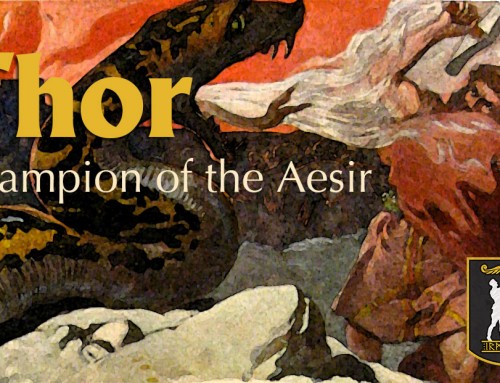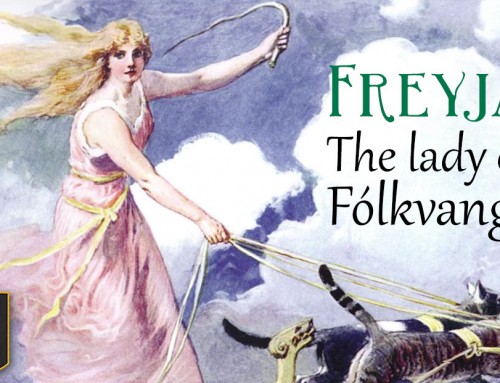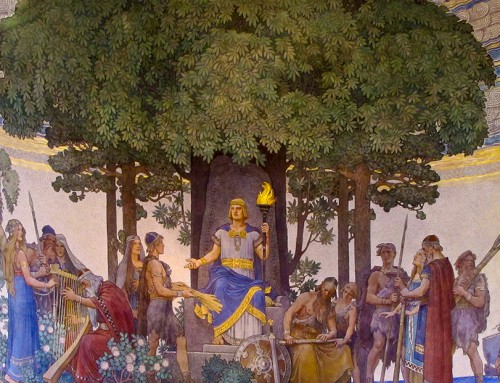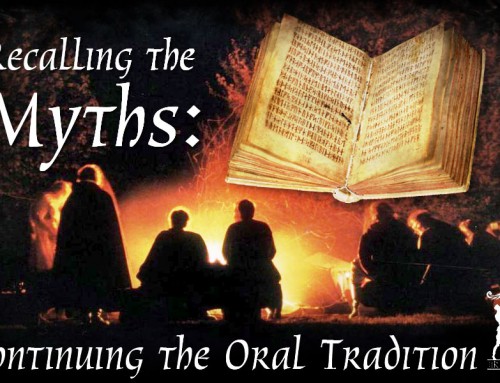The other day, I put on some cartoons for my son to watch while he ate his breakfast. As he sat watching whatever “kid friendly” looking title I found in the netflix cue, I went to make myself a plate. From the kitchen I could hear the characters on the television having a dialog.
“Do you know who Santa really is? He was a real person named Saint Nicholas” said the little boy to his animated friends.
The program went on to explain that Saint Nicholas, from 4th century Turkey, would carry a sack from which he would give children gifts. If a child was bad he would give the child sticks instead. When the Dutch adopted Saint Nicholas as their Patron saint and then came to America, they brought the story of Kris Kringle with them and that evolved into present day Santa Clause.
Recognizing the cues of a evangelical propaganda piece, I quickly switched the program to Sponge Bob, annoyed that such an overt lie could be fed to children in such a nefarious way.
The makers of the revisionist tale obviously are aiming to “remind” its young and impressionable viewers that their plagiarized and made-up god, and all of it’s ephemeral fairy tales are the “true meaning of Christmas”. Despite several centuries or repetition, this tale remains untrue and is nothing but an invention by Christians to legitimize their plagiarisms of Heathen lore.
The Christian named Nicholas of Myra was a Greek Bishop in Lycia, now part of modern day Turkey. At the time Lycia was a Hellenic colony in the Roman province of Asia. Nicholas was reputed to have been a secret gift giver who left coins in the shoes of those who left them out for him. He lived from 260 ’till his death on December 6th, 343 C.E.. After he was canonized as “Saint Nicholas”, his feast day was attributed to the anniversary of his death.
Somehow, we are to believe that over the course of 2,000 years, a guy putting drachmas in shoes morphed into a jolly man with a white beard who flew eight reindeer through the winter sky to deliver gifts on the eve of the Solstice. There is no attempt to explain why pine trees, wreaths, snow, and the north pole became associated with someone from Turkey. Instead, we are told that Santa Clause is a modern invention of commercial retailers who perverted the true “father Christmas”. That Saint Nicholas of Myra’s “feast day” happens within the same month as Christmas and that he handed out gifts is all the evidence necessary to prove that Santa Clause is a crude caricature of the good Saint. At least, it is adequate evidence to children watching their favorite characters explain it.
In northern Europe, particularly among the Germanic and Scandinavian tribes, there was a different gift giver: Odin.
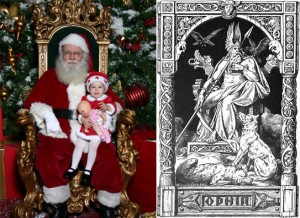
Santa Clause has more in common with Odin than with a Bishop from Asia. Left: Santa as depicted in Malls across the Country. Right: Odin as depicted in 1901 by Johannes Gehrts.
Odin is depicted in 13th century texts (which were themselves transcribed from oral traditions dating to antiquity) as leading a great Yule hunt on the eve of the Solstice while riding his eight legged steed Sleipnir through the sky. Odin’s flying Eight legged horse is a direct comparison to Santa Clause’s eight flying reindeer. Santa Clause is depicted as shouting to his reindeer in a hurricane-like flight. With names like Donder and Blitzen (germanic for Thunder and Lightning) there is little doubt that Santa has nothing at all to do with the Bishop from the province of Asia. Santa’s furious flight seems much more like the flight of Odin on the great Hunt than a humble Bishop in Turkey.
According to the lore, children would fill their boots with straw and carrots for Sleipnir to eat as he would carry “Yulenir” (one of Odin’s many names, literally meaning “Yule figure”) on the great hunt. Odin would then reward the children for their kindness by replacing whatever Sleipnir ate with candy and Toys.
The modern practices of leaving a cookie for Santa and a carrot for his reindeer and hanging stockings from the mantle with hopes they would be filled with toys remind us to this day that the “Christmas” tradition is the ancient Pagan tradition of Yule.
Many of the other aspects of “Christmas” are torn from the traditions of Pagan people. The Christmas tree, for example, is Roman in origin. The Romans would cut trees down and decorate them in honor of the Sun God Mithras. In the Bible, the Christmas tree is specifically condemned as a heathen custom.
Jeremiah 10: 3-4, “For the customs of the peoples are worthless; they cut a tree out of the forest, and a craftsman shapes it with his chisel. They adorn it with silver and gold; they fasten it with hammer and nails so it will not totter.”
The Christmas wreath is also a heathen custom. Representing the sun wheel and the cyclical year, the wreath was associated with both Odin and Mithras.
The act of kissing under a mistletoe sprig was both Roman and Norse as well. Both cultures would celebrate the Solstice ceremony with kissing beneath the mistletoe.
The Christians, in their attempts to “Christianize” their world simply took the traditions, celebrations and lore of the nations they were attempting to sway, and “re-branded” everything associated with them, replacing Pagan festivals and celebrations with eerily similar holidays that had, coincidentally, the same date. They did this to attract pagans to their collection plates, and to allow the people to celebrate their “heathen” traditions in a pious and godly manner. This was the same mechanism that replaced Odin with Nicholas as the “real Santa Clause” in the revisionist evangelical propaganda “Christmas show” I saw. They are still lying, even after 2,000 years and proliferation of access to internet search engines.

